- Trainer/in: Soraya Badrie
- Trainer/in: Dejana Mokranjac
- Trainer/in: Christof Osman
- Trainer/in: Mengqiao Yang
- Trainer/in: Meghan Ferguson
- Trainer/in: Christof Osman

- Trainer/in: Annika Guse
- Trainer/in: Christof Osman
- Trainer/in: Soraya Badrie
- Trainer/in: Sara Brites de Oliveira
- Trainer/in: Julian Draken
- Trainer/in: Meghan Ferguson
- Trainer/in: Anja Gabe
- Trainer/in: Annika Guse
- Trainer/in: Lilian König
- Trainer/in: Dejana Mokranjac
- Trainer/in: Amit Narendra Landge
- Trainer/in: Christof Osman
- Trainer/in: Sebastian Rupp
- Trainer/in: Joachim Surm
- Trainer/in: Felix Thoma

- Trainer/in: Sara Brites de Oliveira
- Trainer/in: Meghan Ferguson
- Trainer/in: Annika Guse
- Trainer/in: Amit Narendra Landge
- Trainer/in: Christof Osman
- Trainer/in: Mei Shimizu
- Trainer/in: Joachim Surm
- Trainer/in: Dejana Mokranjac
- Trainer/in: Christof Osman
- Trainer/in: Simon Schrott
- Trainer/in: Dejana Mokranjac
- Trainer/in: Christof Osman
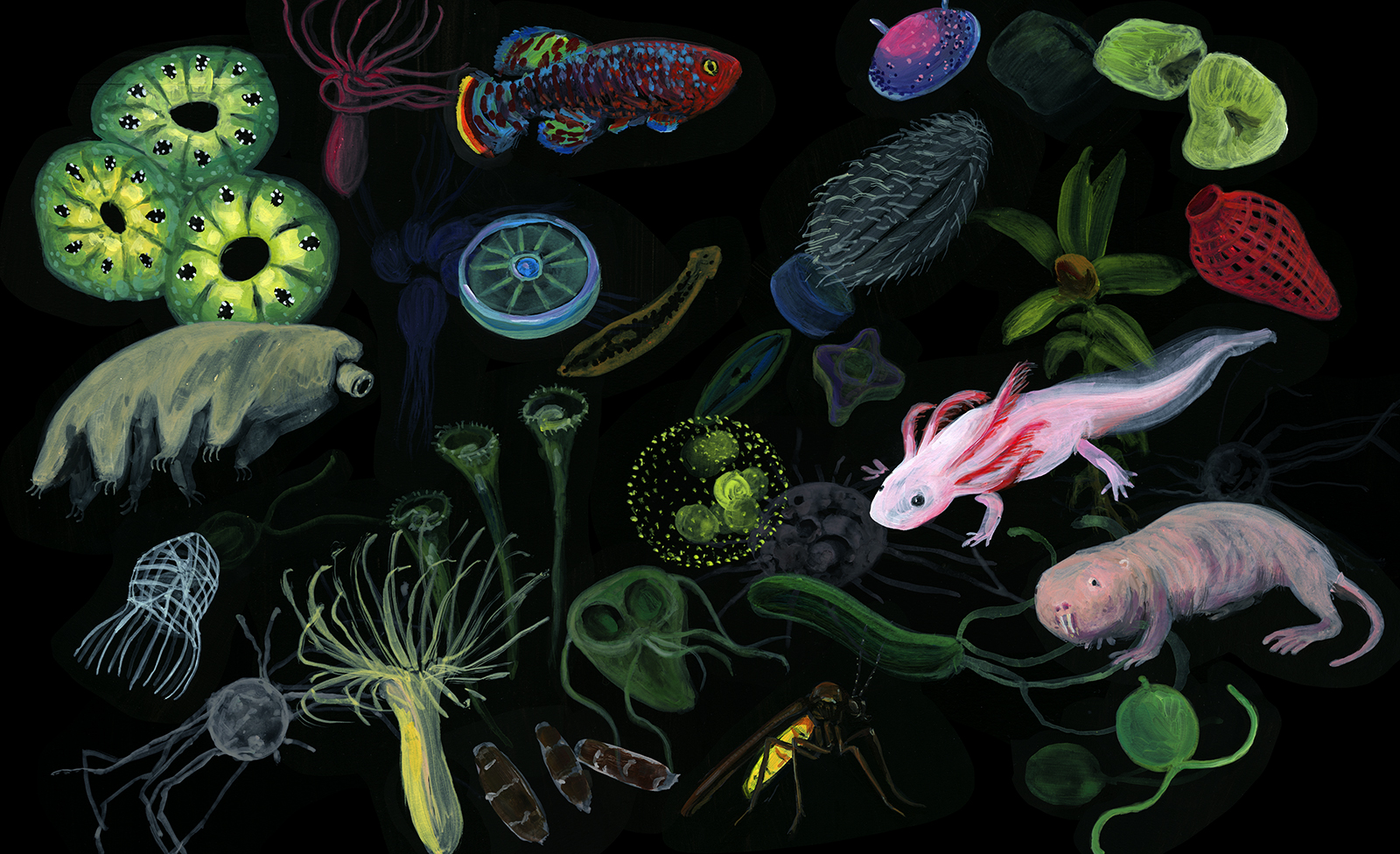
- Trainer/in: Annika Guse
- Trainer/in: Christof Osman
- Trainer/in: Sebastian Rupp
- Trainer/in: Annika Guse
- Trainer/in: Christof Osman
- Trainer/in: Sebastian Rupp
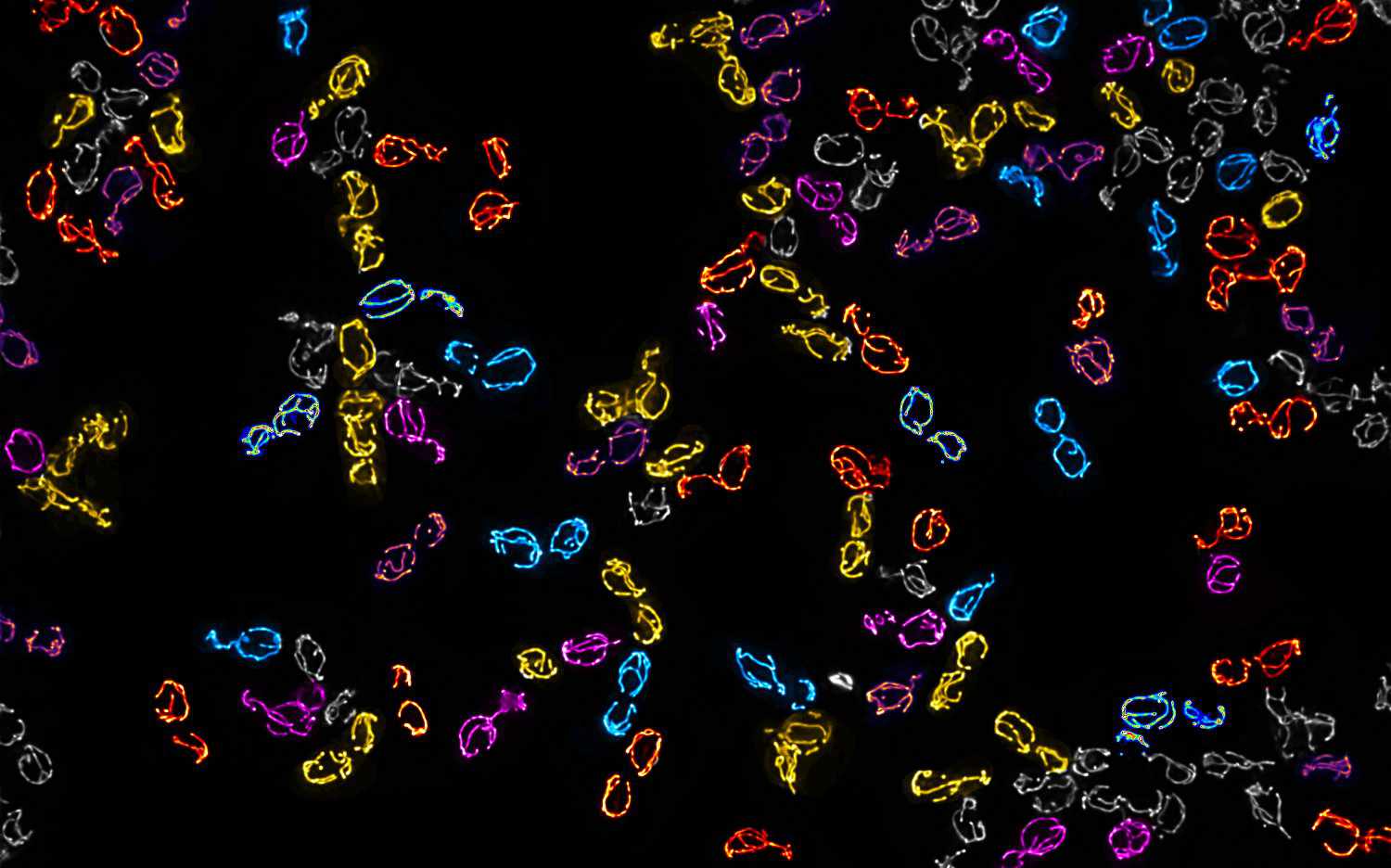
- Trainer/in: Johannes Hagen
- Trainer/in: Dejana Mokranjac
- Trainer/in: Christof Osman
This course aims to provide insight into the biological sciences’ role in society and their contribution to a sustainable world, for example in the conservation and the popularization of biodiversity. To do that, the students will be exposed to multidisciplinary lectures, guided interactive discussions, practical exercise and creative techniques. We will focus on the potential of interacting with other disciplines such as the social sciences and creative communication to reach a broad audience and increase societal impact.” The students will work in groups to explore a specific ecosystem, create a multidisciplinary science-based outreach format which will be publically presented and the impact evaluated.

- Trainer/in: Annika Guse
- Trainer/in: Celine Oberste-Lehn
- Trainer/in: Christof Osman
- Trainer/in: Sebastian Rupp
- Trainer/in: Dejana Mokranjac
- Trainer/in: Christof Osman
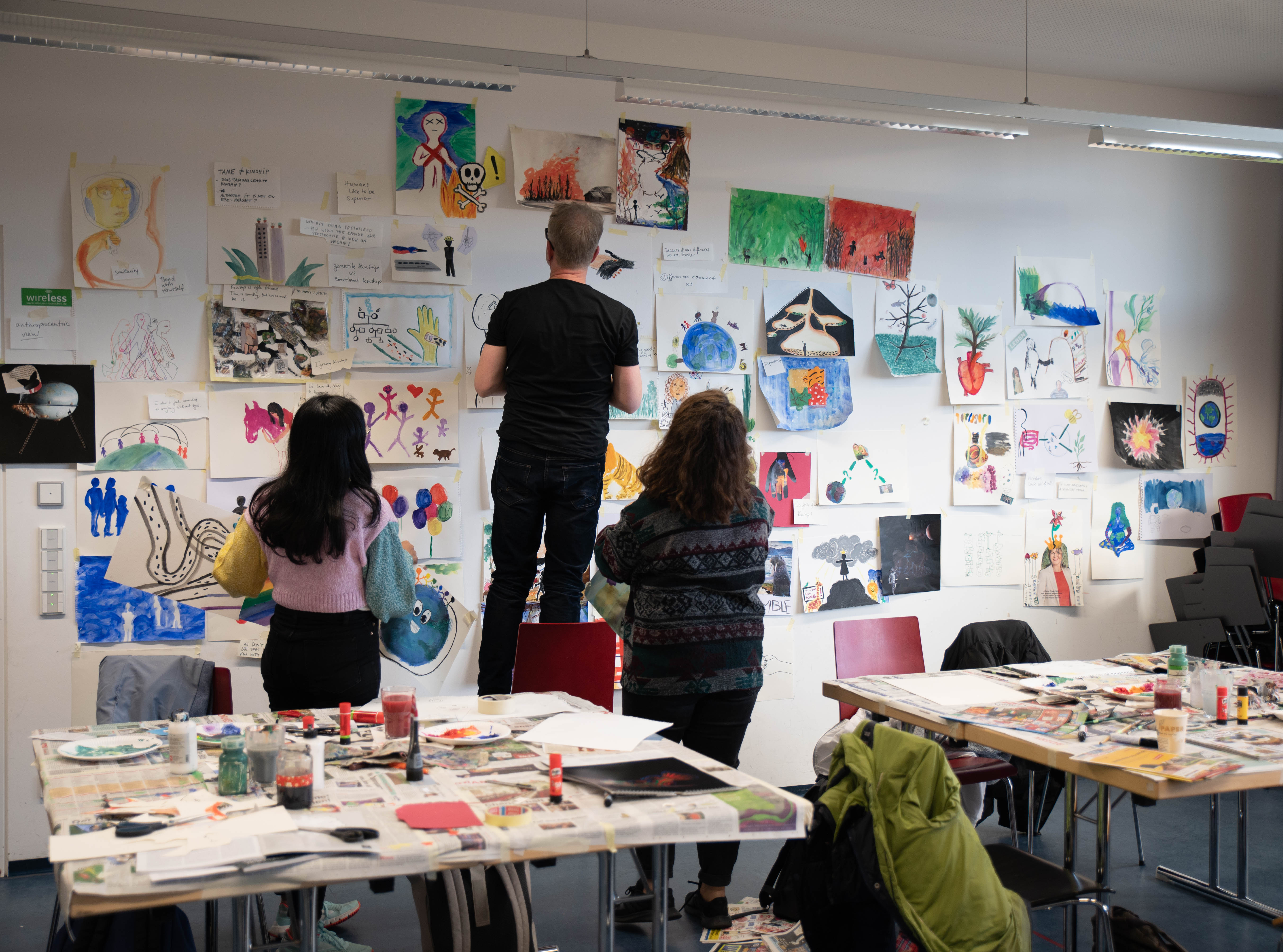
- Trainer/in: Annika Guse
- Trainer/in: Celine Oberste-Lehn
- Trainer/in: Christof Osman
- Trainer/in: Christof Osman
- Trainer/in: Angelika Böttger
- Trainer/in: Tamara Mikeladze-Dvali
- Trainer/in: Bianca Sammer
- Trainer/in: Lara Sauermann
- Trainer/in: Dejana Mokranjac
- Trainer/in: Christof Osman
Content: This lecture describes how embryonic development, particularly in animals, is controlled at the transcriptional level. It is rooted in a historical perspective on research in genetics, embryology and the birth of molecular biology. It reviews the basic molecular mechanisms of Eukaryotic transcription of DNA into RNA, as well as the different levels of regulation of this process. The lecture has a strong emphasis on cis-regulatory elements and much less emphasis on epigenetic regulation. Finally, the lecture examines the consequences of the molecular processes on cell specification and differentiation, tissue patterning and morphogenesis, as well as species evolution.
Learning outcomes: The students will have an overview on the transcriptional control of embryonic development. In particular, the lecture highlights the relationships between different levels of biological complexity, from molecules to cells, to organs, and to the entire organism. In addition, the lecture provides a solid refresher on the basic mechanisms of gene transcriptional regulation.
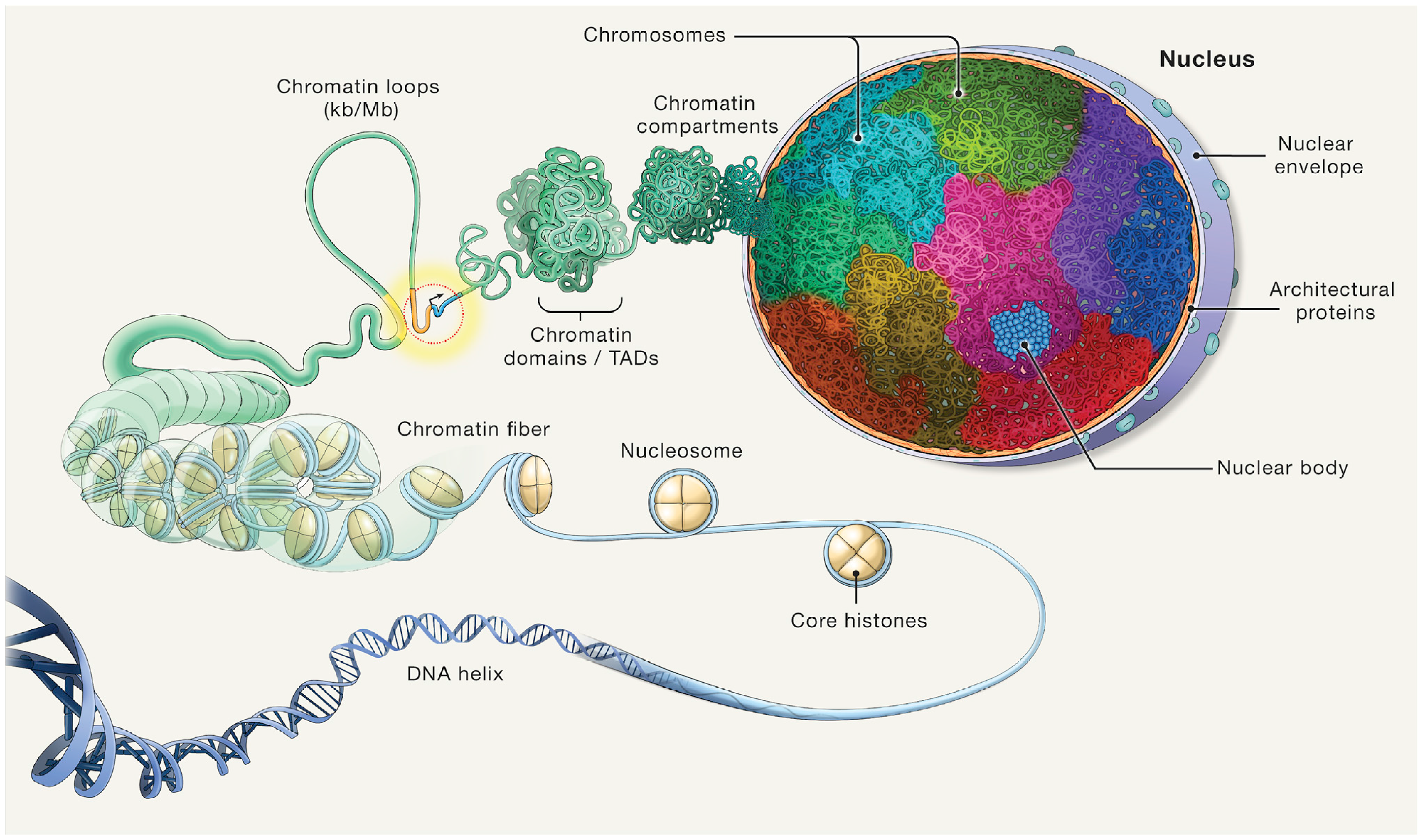
- Trainer/in: Nicolas Gompel
Content:
Due to the widespread usage of fluorescence microscopy techniques, image analysis methods have become standard tools for modern biologists. Among these methods, image deconvolution is a powerful technique to remove blur and enhance contrast and resolution that can be applied to nearly all fluorescence images.
In this hands-on workshop, we will acquire confocal and STED images of a biological sample and apply different image deconvolution algorithms to the acquired data. We will study how the different algorithms work and implement some of them step by step. On the one hand, this process will give us the opportunity to gain valuable practical experience in image deconvolution and image analysis; on the other hand, we will understand in greater detail how an image is formed in a fluorescence microscope and how noise and artifacts can influence our results. If time allows, we will also cover recent developments in which deep-learning-based context-aware image restoration has been applied to fluorescence microscopy data to remove the noise and enhance spatial resolution.
Learning Outcome:
After the seminar, the students will be familiar with the state-of-art deconvolution methods that can be applied to fluorescence microscopy. Through practical work, each participant will gain hands-on experience in image deconvolution and quantitative image analysis.
Background:
This course assumes prior knowledge about fluorescence microscopy and at least some prior experience in programming. The course works well with the practical course on Bioimaging and/or the practical on Image analysis with Python.

- Trainer/in: Stefano Ceolin
- Trainer/in: Christof Osman
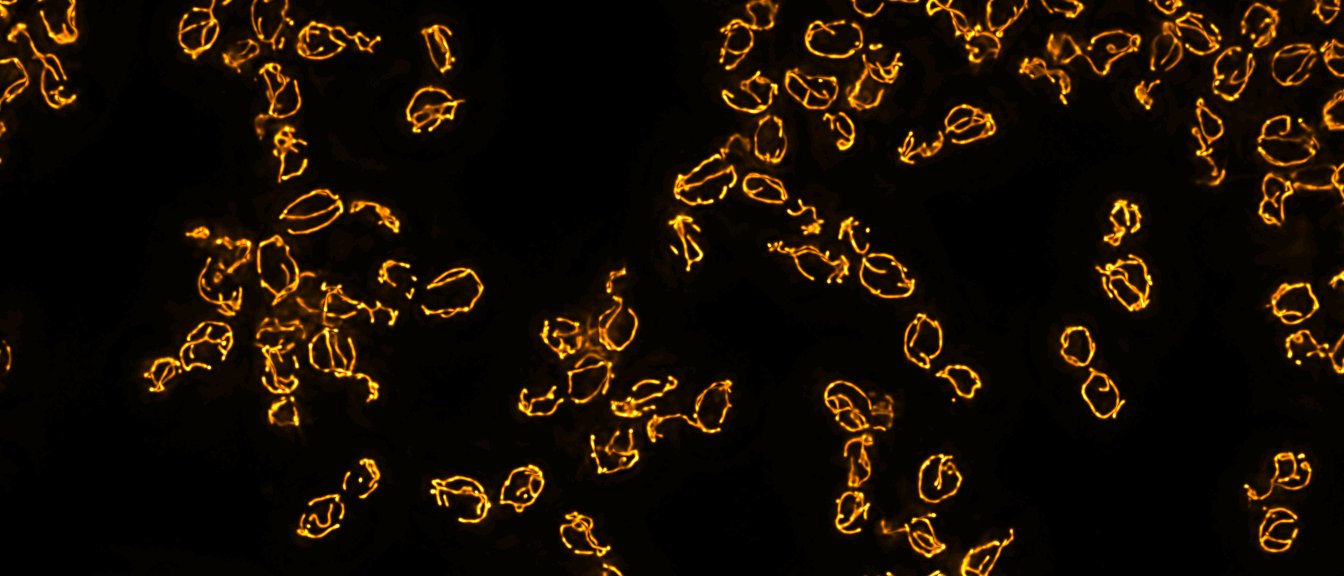
- Trainer/in: Dejana Mokranjac
- Trainer/in: Christof Osman
- Trainer/in: Christof Osman
Centrioles/basal bodies are at the heart of many human disorders ranging from cancer to congenital heart diseases and microcephaly. In this seminar, we will explore this fascinating organelle and its molecular functions.
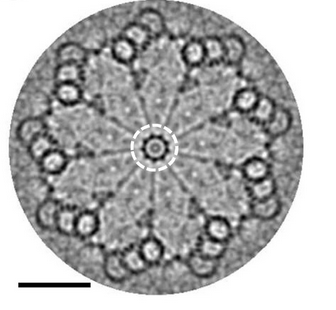
- Trainer/in: Tamara Mikeladze-Dvali
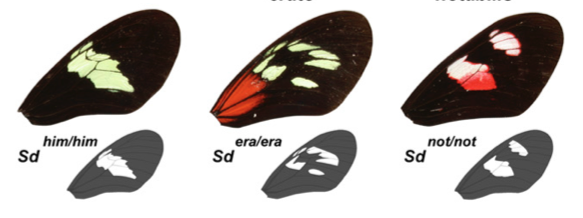
- Trainer/in: Nicolas Gompel
- Trainer/in: Christof Osman
Content:
The regulation of transcription is a central process of biology for which, despite decades of study, a detailed mechanistic understanding is still missing. In recent years an exciting quantitative revolution has been underway in this research field, offering an excellent example of the potential of interdisciplinary research. In this seminar, we will discuss recent publications in this research field: starting from the simpler case of transcriptional regulation in bacteria, we will see how quantitative fluorescence microscopy methods allowed researchers to visualize the central dogma of molecular biology as it unfolds in a living cell, one molecule at a time. We will see how biophysical models have been used to interpret quantitative data, creating mathematical models that are both descriptive of the underlying molecular mechanisms and able to establish a quantitative link between genotype and phenotype. We will then move on to see what challenges arise, both experimentally and in terms of mathematical modelling, when one tries to extend the approaches used in bacteria to study transcriptional regulation in eukaryotes with a focus on Drosophila blastoderm segmentation.
Learning Outcome:
By presenting and discussing examples from the recent literature, the students will get an overview of the recent interdisciplinary research at the interface between physics and biology in the field of transcriptional regulation. After the seminar, students will be familiar with the state‐of‐the‐art biophysical methods to study transcription and understand the basics of thermodynamic models of gene regulation.
- Trainer/in: Stefano Ceolin
- Trainer/in: Christof Osman
In dieser Vorlesungsreihe werden die Grundlagen der Zelbiologie vermittelt. Die Vorlesungsreihe wird von Prof. Dr. Leister, Prof. Dr. Osman, PD Dr. Mokranjac, Prof. Dr. Nägele und Prof. Dr. Leonhardt gehalten.
Die Vorlesungsreihe beinhaltet 13 Termine mit den folgenden Titeln:
1. Atome, Moleküle, Materie, Makromoleküle (Prof. Dr. Leister)
2.
Makromoleküle II (Prof. Dr. Leister)
3. Zelltheorie (Prof. Dr. Osman)
4. Zellorganellen I (Prof. Dr. Osman)
5. Zellorganellen II (Prof. Dr. Osman)
6. Vesikeltransport (PD Dr. Mokranjac)
7.
Zytoskelett (PD Dr. Mokranjac)
8. Extrazelluläre Strukturen und Endosymbiose (PD Dr. Mokranjac)
9. Zelluläre Membranen und Kommunikation (Prof. Dr. Nägele)
10. Diffusion und Transport durch Membranen (Prof. Dr. Nägele)
11. Signale, Rezeptoren und Kaskaden (Prof. Dr. Nägele)
12. Zell-Zell Erkennung und Adhäsion (Prof. Dr. Leonhardt)
13. Zellzyklus (Prof. Dr. Leonhardt)
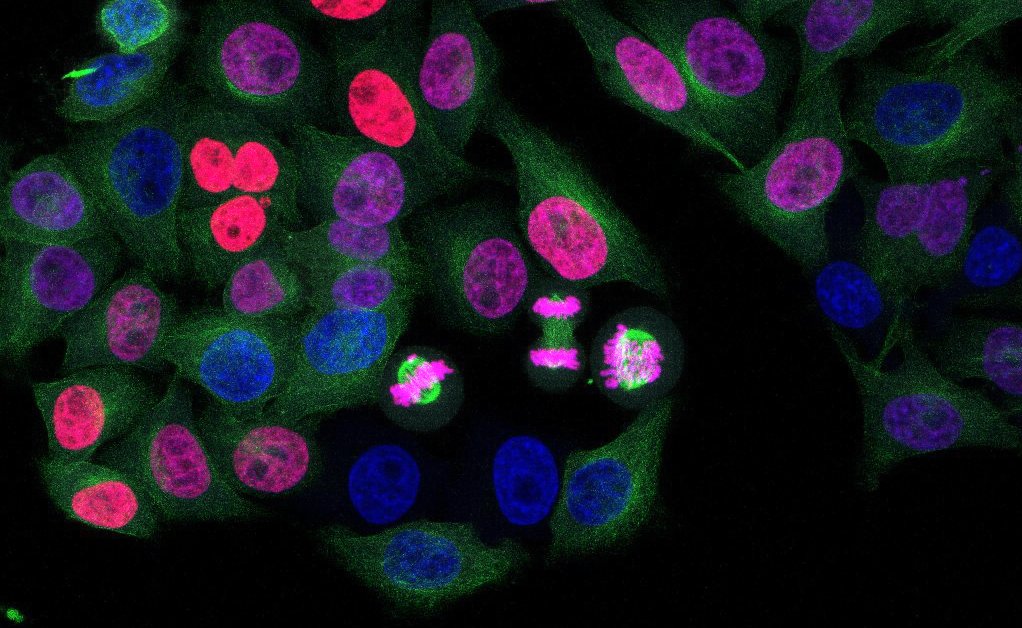
- Trainer/in: Cordelia Bolle
- Trainer/in: Susanne Breitsameter
- Trainer/in: Sophia Jasari
- Trainer/in: Dario Leister
- Trainer/in: Heinrich Leonhardt
- Trainer/in: Jörg Meurer
- Trainer/in: Dejana Mokranjac
- Trainer/in: Thomas Nägele
- Trainer/in: Christof Osman
- Trainer/in: Nicolas Gompel
- Trainer/in: Tamara Mikeladze-Dvali
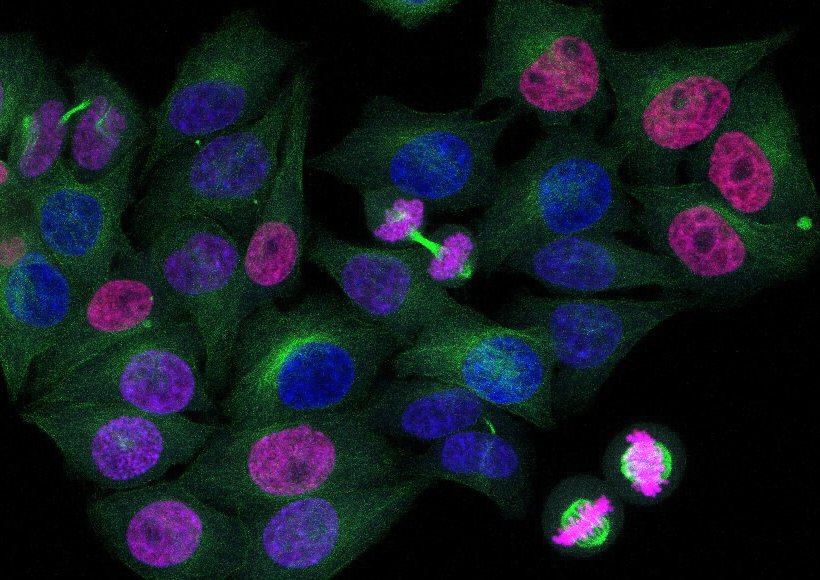
- Trainer/in: Angelika Böttger
- Trainer/in: Tamara Mikeladze-Dvali
Look carefully, what is wrong with this little kitten? It has an abnormal number of digits. If you want to know why join the seminar. We will explore the molecular basis of different developmental disorders in vertebrates.

- Trainer/in: Tamara Mikeladze-Dvali
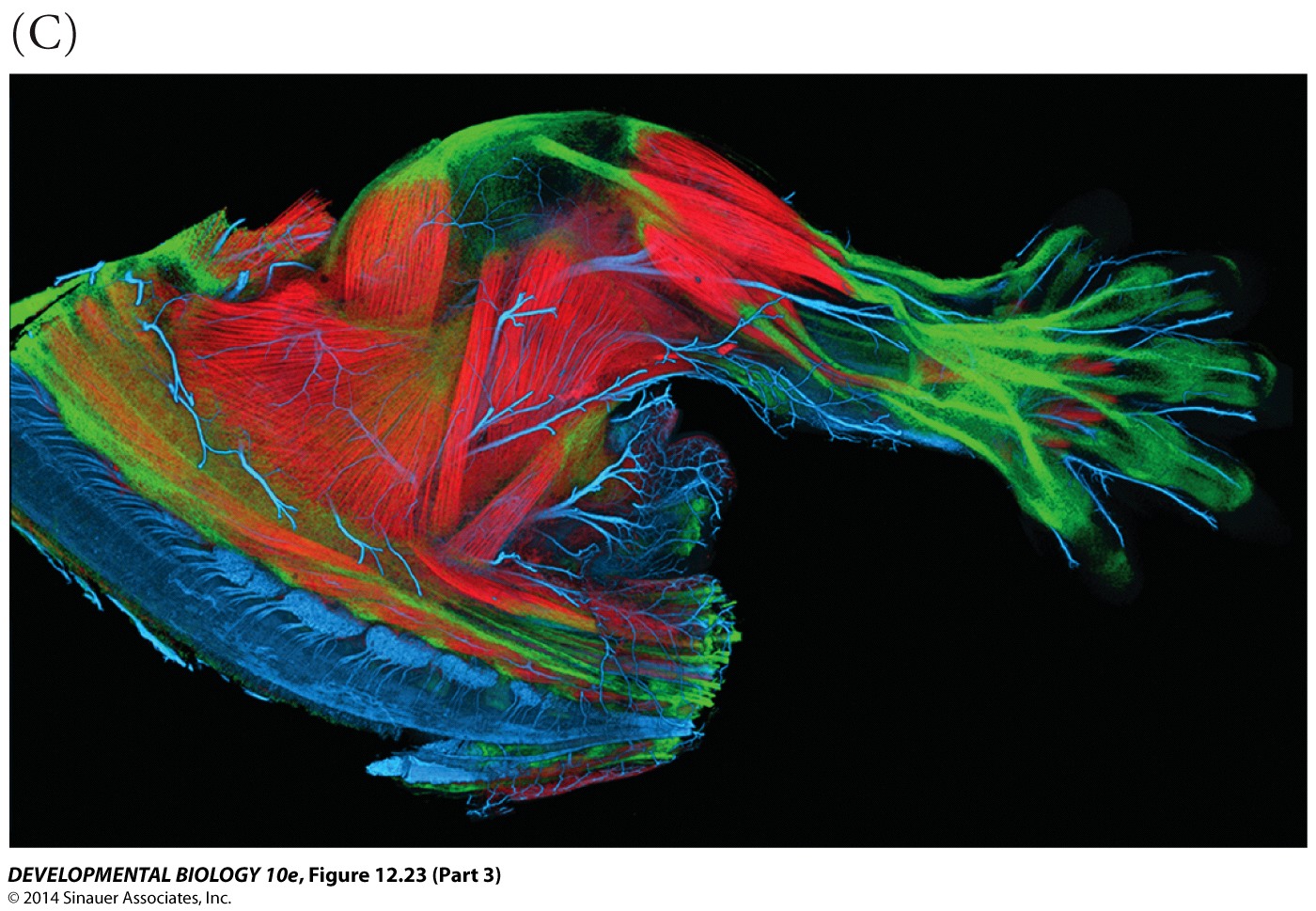
- Trainer/in: Tamara Mikeladze-Dvali
- Trainer/in: Natascha Zhang
This lecture series takes you into the fascinating world of mitochondria. Keeping track of the latest research, we will explore the many functions of mitochondria and the sophisticated cellular processes that keep mitochondria in a functional state. Furthermore, we will discuss how mitochondrial dysfunction affects health and disease.
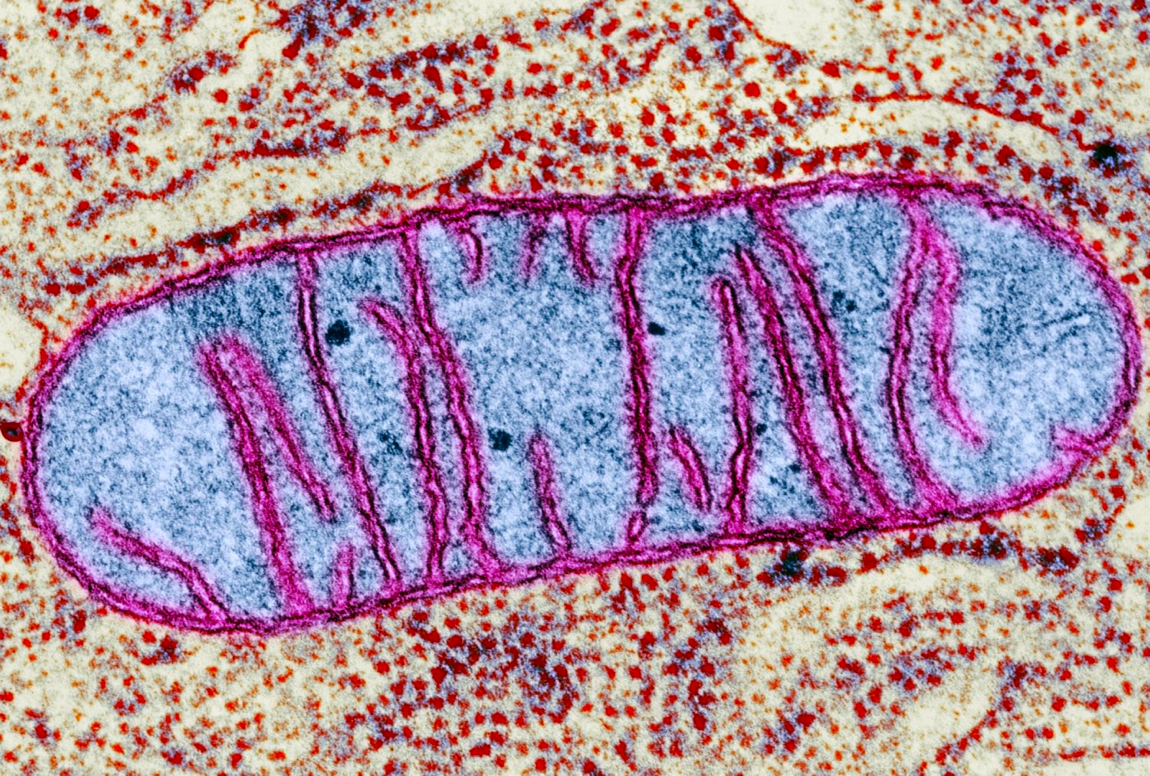
- Trainer/in: Dejana Mokranjac
- Trainer/in: Christof Osman
